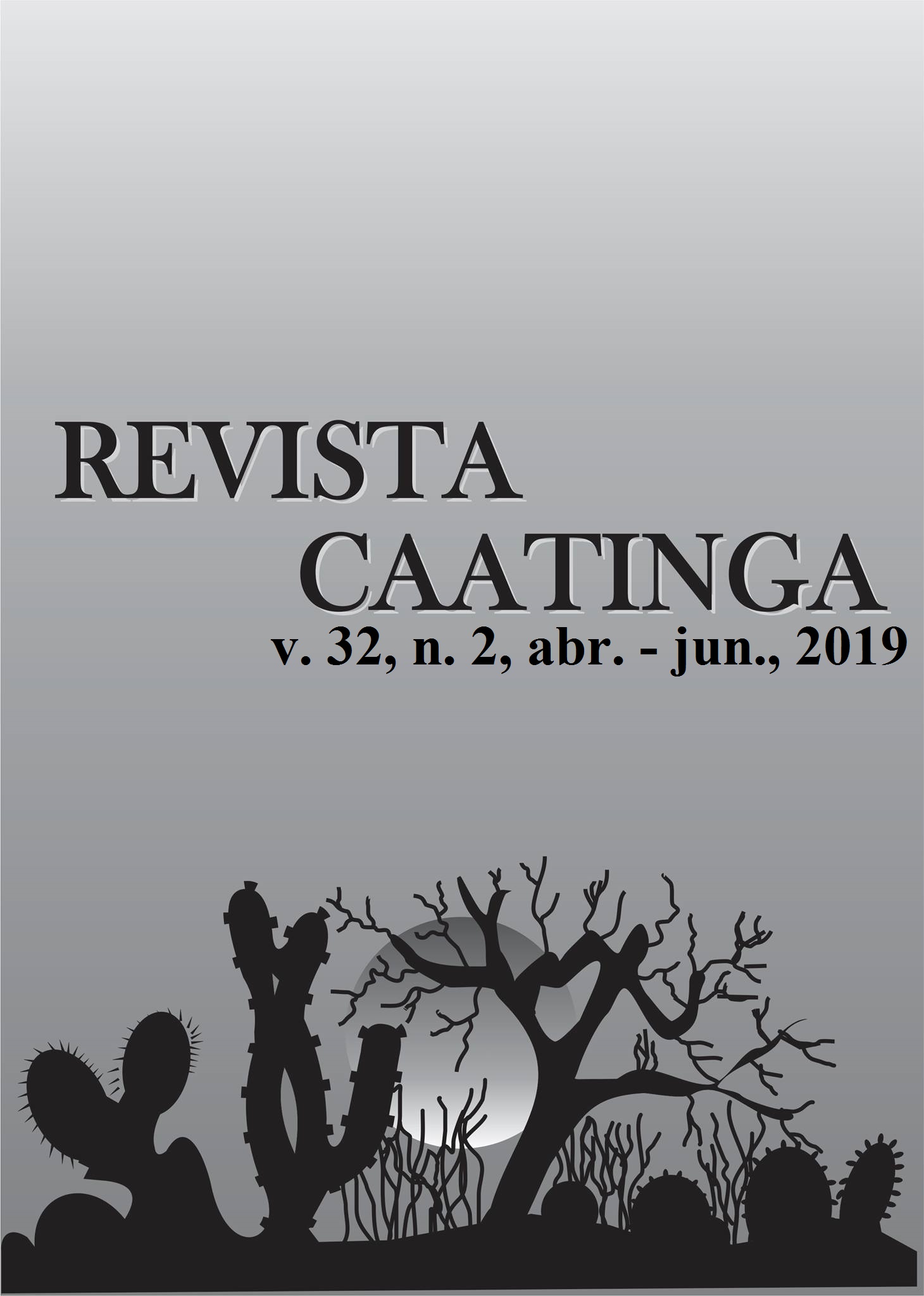REPRODUCTION OF Pratylenchus zeae AND P. brachyurus IN COVER CROPS
DOI:
https://doi.org/10.1590/1983-21252019v32n201rcKeywords:
Cover crops. Leguminous plants. Multiplication. Root lesion nematodes.Abstract
This study aimed to evaluate the reproduction of Pratylenchus zeae and P. brachyurus in leguminous plants used as cover crops. Seedlings of sunn hemp (Crotalaria juncea and C. spectabilis), pigeon pea cultivar IPR 43 (Cajanus cajan), dwarf velvet bean (Mucuna deeringiana), black velvet bean (Stizolobium aterrimum), and jack bean (Canavalia ensiformis) were inoculated with each nematode separately. Maize cultivar IPR 114 and soybean cultivar Pintado were used as controls to measure the viability of the inoculation of P. zeae and P. brachyurus. After 90 days of inoculation, the plants were collected and nematode g-1 root, final population, and reproduction factors (RF) were evaluated. The experiment was carried out at two different times of the year. The nematode’s RF on cover crops from treatments with the two Crotalaria species, dwarf pigeon pea, and black velvet bean were lower than one (bad host plants) in both experiments for P. zeae. For P. brachyurus, the lowest RFs were obtained for C. juncea, C. spectabilis, and pigeon pea, while the other plants presented RF values close to or higher than one in at least one of the experiments. Therefore, C. spectabilis, C. juncea, and C. cajan cultivar IPR 43 are antagonistic plants that represent useful options for rotation or succession systems that aim to control P. zeae and P. brachyurus.
Downloads
Downloads
Published
Issue
Section
License
Os Autores que publicam na Revista Caatinga concordam com os seguintes termos:
a) Os Autores mantêm os direitos autorais e concedem à revista o direito de primeira publicação, com o trabalho simultaneamente licenciado sob a Licença Creative Commons do tipo atribuição CC-BY, para todo o conteúdo do periódico, exceto onde estiver identificado, que permite o compartilhamento do trabalho com reconhecimento da autoria e publicação inicial nesta revista, sem fins comerciais.
b) Os Autores têm autorização para distribuição não-exclusiva da versão do trabalho publicada nesta revista (ex.: publicar em repositório institucional ou como capítulo de livro), com reconhecimento de autoria e publicação inicial nesta revista.
c) Os Autores têm permissão e são estimulados a publicar e distribuir seu trabalho online (ex.: em repositórios institucionais ou na sua página pessoal) a qualquer ponto antes ou durante o processo editorial, já que isso pode gerar alterações produtivas, bem como aumentar o impacto e a citação do trabalho publicado (Veja O Efeito do Acesso Livre).







